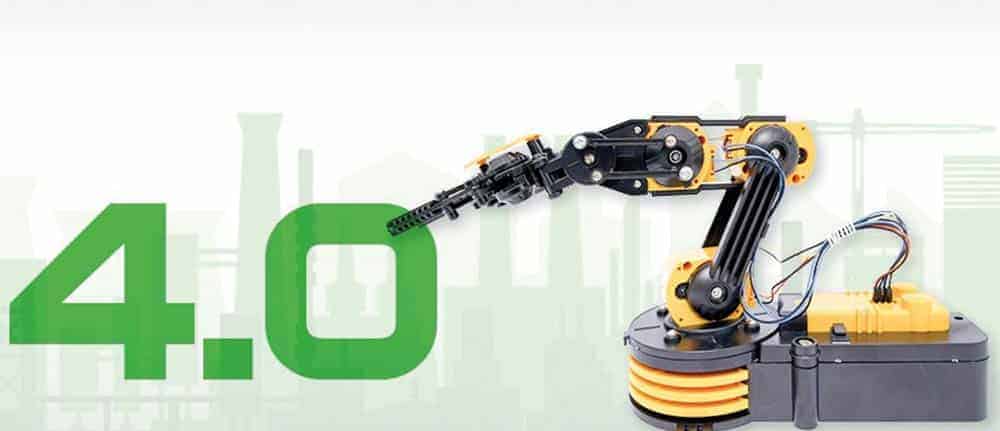Quick Adoption Of Digital Manufacturing


Many small and mid-sized manufacturing companies already efficiently handle commercial processes in ERP software from SAP (Business Suite 7 or S/4 Hana) and logistics processes on a logistics and JIS platform. However, in order to realize the full potential offered by digital transformation and Industry 4.0, a clear view of current manufacturing operations is also necessary. A manufacturing execution system (MES), which brings together information from individual data sources in production as a central hub, provides exactly that.
However, not many mid-sized industrial companies currently use a MES. They are usually afraid of the long implementation period of a classic MES and the associated costs, which increase if the commissioning is delayed by numerous adjustments and change requests. In addition, the usability and functional scope of conventional MES often do not meet the needs of the users.
Many mid-sized companies still record their product data (finished, yield, scrap, throughput, and cycle time), process data (idle, operating, production and setup time, planned or unplanned downtimes) and quality notices decentralized in CSV and Excel files or in-house developed solutions and sometimes even on paper. The pitfalls of such an inhomogeneous database are well known: There is a lack of transparency about the manufacturing process, seamless tracking and tracing is almost impossible, and central questions about the optimization potential of throughput times or plant efficiency cannot be answered precisely, if at all. The use of special apps to map production processes is also not an option. It harbors the risk of a proliferation of apps and interfaces, which inflates the IT landscape, increases operating costs, and places an additional burden on internal IT, which is usually understaffed and underutilized as it is.
The way out of this dilemma is a modern, lean, intuitive and web-based MES that enables fast and cost-effective adoption of digital manufacturing and traceability. The prerequisite is that it maps all production lines and workstations as a digital twin and thus reflects storefloor processes and production logic one-to-one. It is just as important that business users and process engineers without special IT knowledge can configure their process and production parameters themselves following a low-code/no-code approach. This is a real added value because it relieves internal IT and the costs for external IT consultants are eliminated.
Another invaluable benefit is a user interface that is consistently designed according to the UX, which guides the end user safely and with dialog support through all process, configuration and administration steps, thus accelerating workflows and preventing incorrect entries. Target/actual comparisons of process parameters in real time, digital execution and confirmation of test instructions, and automatic halting of production in the event of an error are further benefits. It would also be beneficial for the MES to have functions for analyzing the actual process parameters and directly triggering an alarm in the event of a deviation or malfunction at a machine or workstation, so that maintenance or servicing can be initiated immediately.
The MES should also allow easy integration with SAP software and a logistics and JIS platform via Rest APIs. If it can also be scaled flexibly and operated in the cloud (private or public), hybrid, or on-premises, nothing still stands in the way of digital manufacturing.






